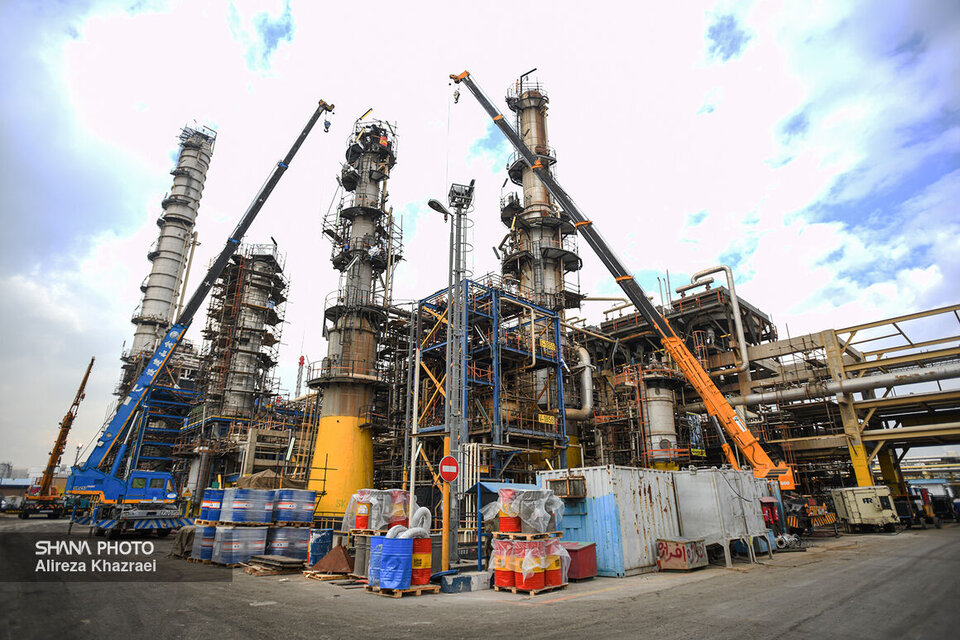Mohammad-Ali Dadvar, NIORDC's deputy CEO, said the overhaul program, a priority for the government and the Ministry of Petroleum, aims to guarantee the steady supply of strategic fuels like gasoline and diesel and prevent any disruption in the national supply chain.
Dadvar stated that past practices of delaying major maintenance to avoid production shortfalls, while a short-term solution, increased the risk of accidents and unplanned shutdowns. The current government's approach has shifted toward sustainable operations, complete rehabilitation of units, and maximizing production capacity even during planned repairs.
Significant work has been completed since September 2024. Key projects include:
Abadan Refinery: Overhauls of alkylation, acid recovery, fixed-bed catalytic conversion (CR1), fluid catalytic cracking (FCC), and distillation 100 units.
Isfahan Refinery: Maintenance on catalytic conversion unit No. 1, Isomax unit No. 1, and a capacity upgrade and overhaul of the diesel hydrotreating unit.
Imam Khomeini (Shazand) Refinery: Overhauls of the RCD and naphtha treatment (NHT-12) units, with a rebuild of the RFCC complex underway.
Bandar Abbas Refinery: Repairs to the viscosity reduction, hydrocracker, and isomerization units, and equipment in the continuous catalyst regeneration (CCR) unit No. 2.
Other facilities: Major maintenance was completed at the gasoline production complexes of the Tabriz and Shiraz refineries, the catalytic conversion units at the Tehran and Lavan refineries, and a full overhaul of the Kermanshah refinery.
Dadvar highlighted that in the first five months of the Iranian year 1404 (beginning March 21), a substantial volume of work on critical gasoline production units was completed across multiple refineries, a significant increase over the same period last year.
He added that necessary planning is underway to execute maintenance at other refining companies in the second half of the year to guarantee the country's long-term fuel supply stability and security.


Your Comment